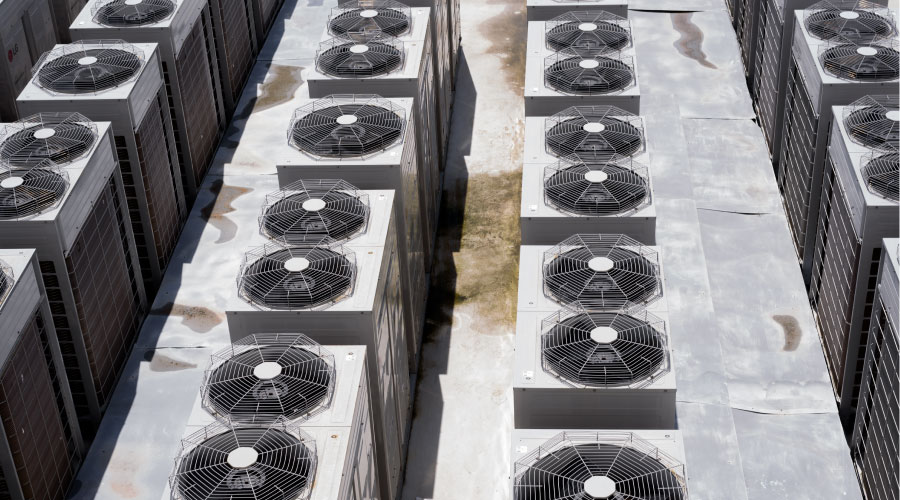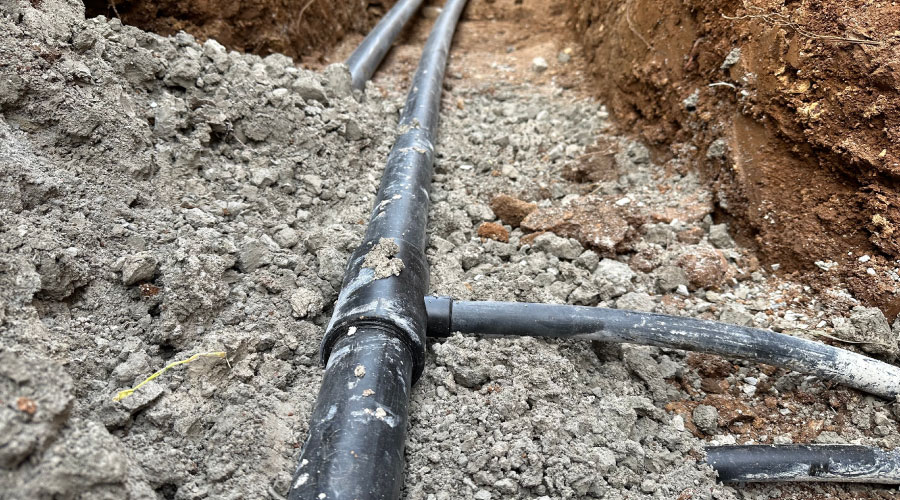
Electrification and Sustainability: The Future of Grounds Management
Battery technology and charging continues to improve. September 21, 2023
By Jeff Wardon, Jr., Assistant Editor
With various changes coming on the horizon for grounds management, those involved are left wondering where their industry is headed. From the push for electrification to the rising concerns for sustainability, grounds management is going to look a little different in the coming years. To help navigate these changes, Dan Mabe, founder and president at the American Green Zone Alliance (AGZA), will present the session “From Gas to Electric: The Future of Landscape Maintenance” at NFMT Remix from October 25 to 26 in Orlando, Florida.
NFMT: How do you foresee advancements in grounds management technology and practices impacting the efficiency and sustainability of facility operations in the coming years?
Mabe: The advancements in battery electric technology definitely are getting better and accelerating at a pretty rapid pace. With the way the technology stands now, the American Green Zone Alliance (AGZA) with this phased approach that includes the training and proper education, we have been able to convert entire cities, school districts, universities and commercial managed properties. However, there definitely is a learning curve and there is a lot of thought that needs to be placed into it to do it at that level.
Though, as technology gets better, the need for that type of interaction will be there, but that will be more minimized. This is because battery technology is getting better, for instance, with how fast the batteries can be recharged. There are manufacturers now on the market...[with] quick charge capability where they can do DC to DC charging and charge medium sized capacity to larger size capacity batteries in less than 20 minutes. The run times on these batteries are getting better too because technology is getting more efficient. It can equate to their gas counterparts more and more.
I want to be specific about battery to gas tank ratios. When we go out and start doing training either with individual companies or with institutions, it's always about how much runtime I am going to be able to achieve with this battery tool compared to my gas one. Here is how much workload and runtime I can get with my gas unit on one tank of gas, and we will just say a string trimmer, for example. I am able to get two hours of run time with my string trimmer with .095 trimmer line in it for routine weekly maintenance.
What does that convert to with electric? We know that there are electric tools that can produce the same performance levels now as that two stroke string trimmer. However, how many times do I have to change the battery out to equate to one tank of gas? Currently we average it out to two onboard batteries equaling one tank of gas. However, there are some better batteries that have come out from all the manufacturers that can get that down closer to one tank of gas. The conditions of the vegetation and the type of vegetation are going to factor in to where you are going to get close to one battery equating to one tank of gas. It can be anywhere from one to three batteries. For example, with that string trimmer, it can depend on what brand you buy, what size battery you are using and then the operator efficiency and their habits. All these different factors contribute to how many batteries I need to equate to one tank of gas.
Again, when we go out, we are just using the string trimmer as an example, but this stands for all tools. When it comes to stick edgers, electric and many of the hedge trimmers we notice that because the amperage draws are not as much as the string trimmers, blowers, chainsaws or mowers. Considering that, it is going to be the best bang for your buck converting from gas to electric. It will give probably the best chance of equating one battery to one tank of gas for the stick edgers and the hedge trimmers.
So again, the operators are telling us this. Their concerns are weight, ergonomic and all these different things. However, what they really want us to know is that they want that battery to gas tank ratio to be as close as it can be. That is so they are not taking extra time throughout their day and be swapping batteries. They want the ratio of battery swapping to equate to the same amount of time that they are refueling their gas tanks. That has been direct feedback from the frontline worker. With the way technology is advancing now, we see that it is getting closer to the same amount of frequency when they have to refill their gas tanks on the tools versus swapping out a battery. Right now, it is going to be more that you will have to swap out batteries a little bit more to equal the same working and runtime of their gas tools.
NFMT: What strategies and innovations do you anticipate will be crucial for integrating sustainable grounds care into overall facilities management plans?
Mabe: It's definitely going to be charging infrastructure and again, we are running to this all the time. There are a lot of brands that are coming out with their own turnkey charging solutions specific to their batteries. We feel that more innovation and turnkey solutions with charging infrastructure, both stationary and on the go charging, when those innovations are improving, we feel that it is going to enable electric operations in general to accelerate. We also need more chargers and more accessibility to chargers. That is going to be critical to accelerate more battery/electric tool adoption. Therefore, translating into more operations being done with battery or electricity.
I also wanted to mention robotics. Nine years ago, when it was introduced to AGZA, we knew of it, but we knew nothing about it. After we met with some of the companies that were asking us to take a closer look at it. We were concerned that robotics were a job killer. Things have changed dramatically since then. Those original systems worked well in very specific situations where they had boundaries. Robotics have evolved tremendously since then. It has not taken a job yet – in fact, it has helped fill a gap for labor shortages that the industry continues to be challenged with. So, we think that robotics are going to be one of the other technologies that are improving and going to help the industry move forward with electrification.
To learn more about the future of grounds management, be sure to check out Mabe’s session at NFMT Remix this October. Register for Remix here.
Jeff Wardon, Jr. is the assistant editor for the facilities market.
Next
Read next on FacilitiesNet












